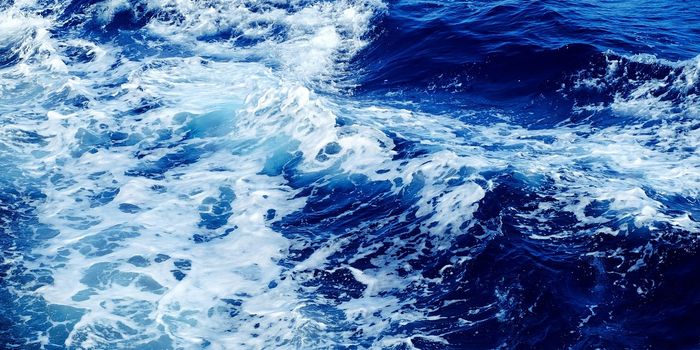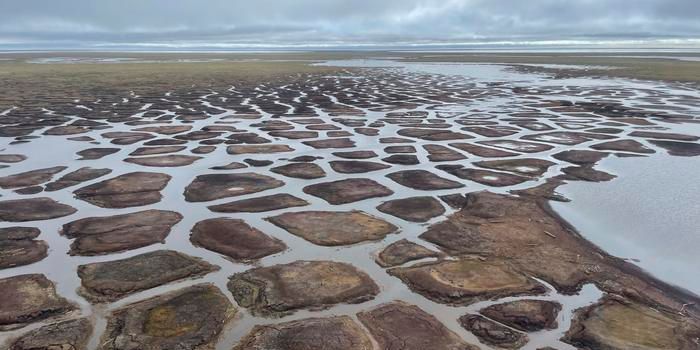Researchers Discover "Stormquakes"
Researchers have discovered a new geophysical occurrence—the “stormquake.” A stormquake occurs when a hurricane or similarly strong storm triggers seismic events in the nearby ocean—which can be a 3.5 magnitude earthquake or greater. Florida State University researcher and assistant professor of Earth, Ocean, and Atmospheric Science Wenyuan Fan discovered this phenomenon. How do stormquakes happen? As Fan told FSU reporters in a press release about the research, “During a storm season, hurricanes or nor’easters transfer energy into the ocean as strong ocean waves, and the waves interact with the solid earth producing intense seismic source activity.”
The research paper by Fan and colleagues detailing stormquakes was published this week in Geophysical Research Letters. According to an article from National Geographic regarding the study, this discovery was accidental. Fan and colleagues were intending to study very-low-frequency earthquakes by using seismometers to track seismic waves over long distances and piece together the signals for a full picture of the events. During this process, they detected unusual seasonal events along both the west and east coasts of North America.
By analyzing seismic and oceanographic records, the team discovered a connection between intense storms and notable nearshore seismic activity. The records provided evidence of more than 10,000 stormquakes along the western Atlantic coastline from September 2006 to February 2019. Examples cited by the team include Hurricane Bill in 2009, Hurricane Ike in 2008, and Hurricane Irene in 2011. All of these storm events triggered seismic events in nearby ocean waters.
To decipher if the seismic event is a true stormquake—caused by storm activity and no other sources of seismic activity (such as an actual earthquake)—Fan and his team noted that the event must occur during a stormy day and meet additional geophysical standards. They also emphasized that not all hurricanes cause stormquakes. Their research suggests that there are stormquake “hotspots,” as the notably strong and costly Hurricane Sandy did not trigger seismic activity. The team believes that oceanographic features and seafloor topography influence the level of seismic activity and the occurrence of a quake.
The impacts of stormquakes are not yet known. Fan told FSU reporters, “We weren’t even aware of the existence of the natural phenomenon [until recently]. It really highlights the richness of the seismic wave field and suggests we are reaching a new level of understanding of seismic waves.”
Sources: FSU, Geophysical Research Letters, National Geographic









